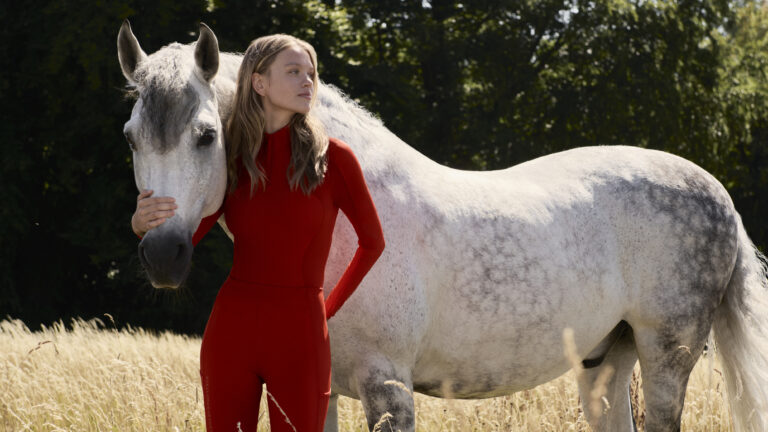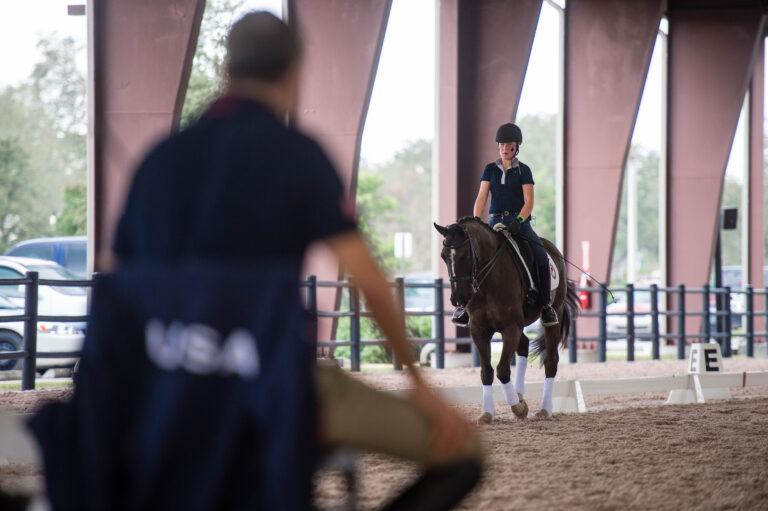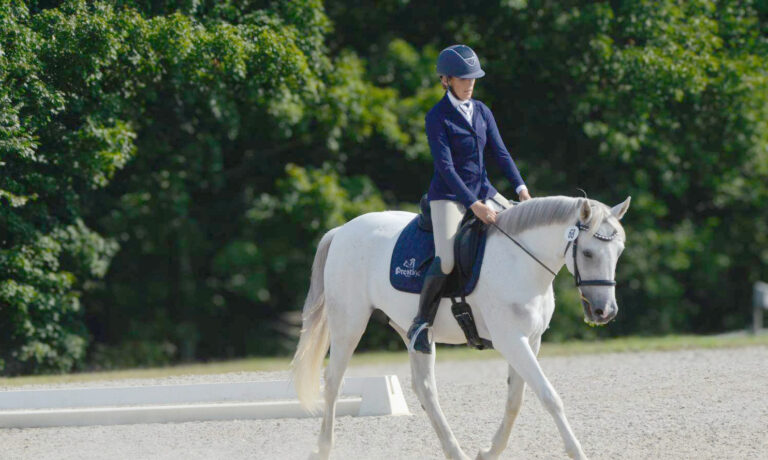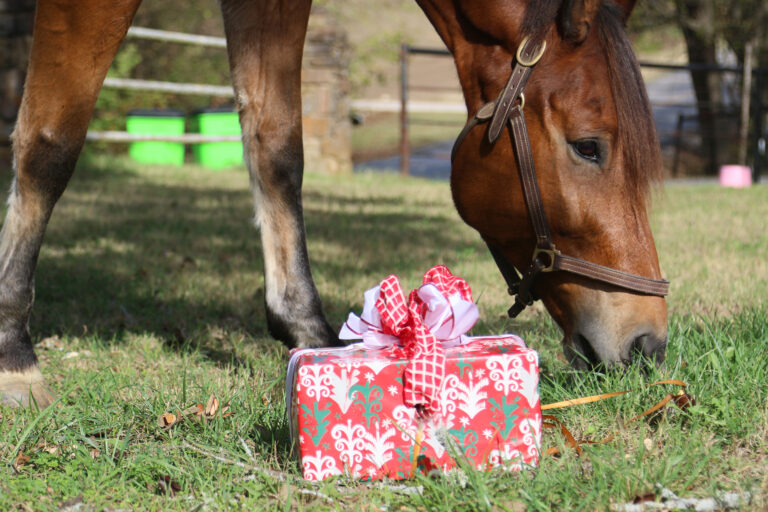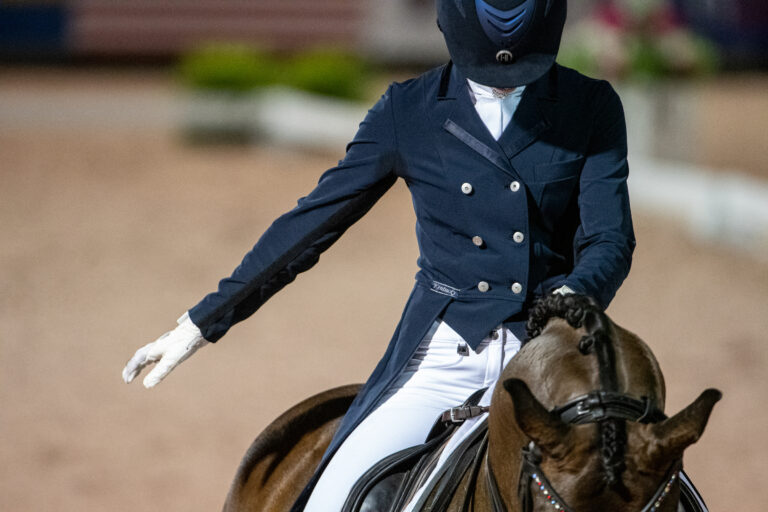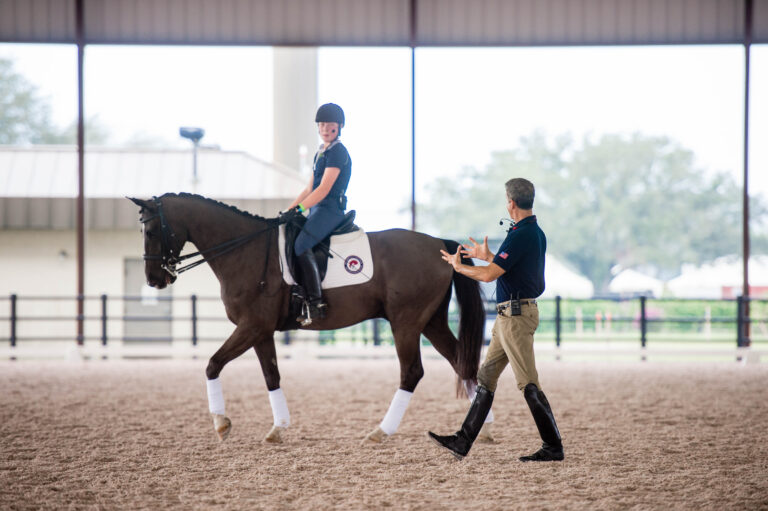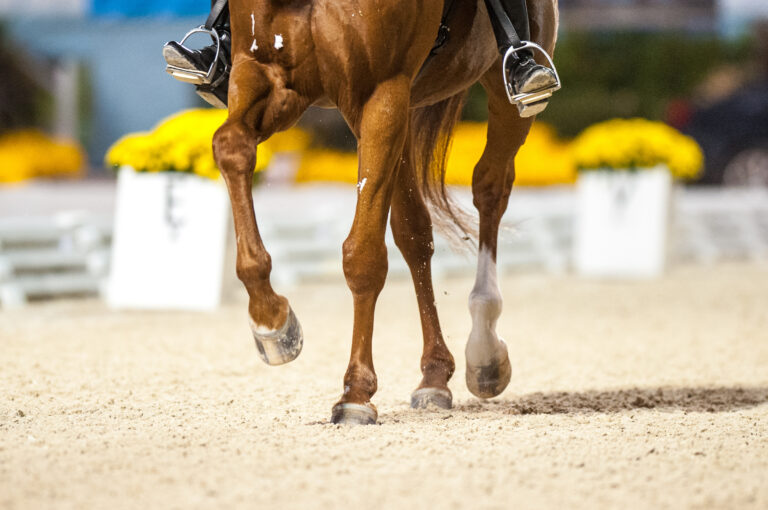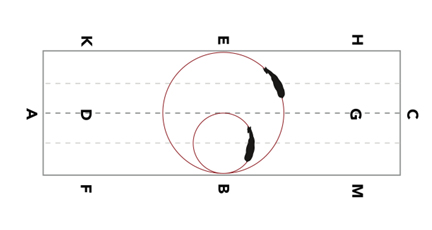If the name Eloise King (formerly Eloise Schwarz) sounds familiar, it might be because according to her, she is the Eloise who inspired the fictional children’s book series of the same name, when as a young girl, she met the author while residing on the top floor of a posh New York hotel with her aunt and uncle during a housing shortage.
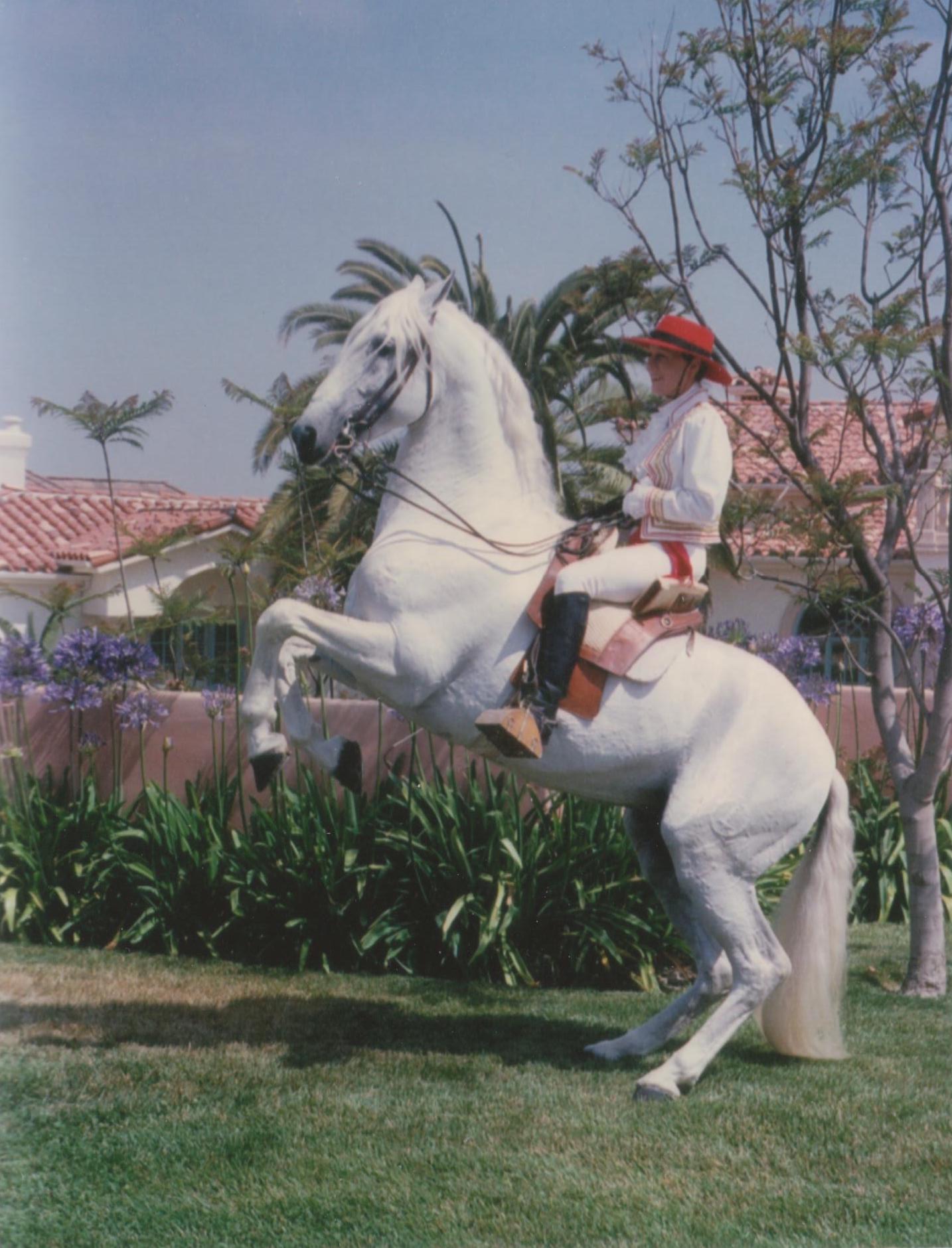
But first and foremost, the colorful and very real Eloise King is a passionate horsewoman who spent years inspiring riders and trainers across the country with clinics spanning the disciplines, and who helped shaped dressage as we know it today.
Born in 1937, the diminutive equestrian, standing at just 5 feet tall and weighing roughly 95 pounds, is as vivacious as ever. Her conspiratorial tone draws in the listener with every word, and her unwavering love for horses is woven into every fiber of her being. Her enthusiasm for all things equestrian is truly contagious.

The Early Years
King had a difficult time learning to read and therefore had “a terrible time” in school as a young girl, only later learning that she had a condition we now know as dyslexia. Horses provided a much needed outlet for her, and her mother encouraged her passion.
Her earliest riding experience was in Greenwich, Connecticut, at a hunt stable. Her mother promised that as soon as gas wasn’t rationed due to World War II, she would drive her to lessons. Her mother was good on her word, and Eloise immediately fell in love with riding, specifically, the motion and the movement. Unlike other girls her age, who seemed content to sit from afar and admire a horse’s beauty, Eloise preferred to sit atop one and enjoy a lively trot or canter. “I was never one of those little girls who sat around drawing pictures of horses” she said.
However, she was frustrated at the lack of independence she was given until one of the instructors recognized her natural talent and said, “‘This kid doesn’t need to be ponied!’” She was put on a feisty pony named You Know. “I was a goner,” King said. “His trick was to run out of the ring and go to the barn. I got pulled off, he went off and running, and I just brought the pony right back out and got on.” ‘I guess this kid will make a rider,’ the instructors agreed.”
She was just 7 at the time—old enough to be stubborn—and fearless. This was just the beginning.
When she was 9, her mother took her to lessons at Southlands Farm in Rhinebeck, New York, where she quickly transitioned from rider to pony trainer the following year, when she was 10. She remembers, laughing, the owners quickly discovered she was totally fearless. “They were trying to break a bunch of ponies. I ended up breaking nine ponies that summer,” she said. “Mother said I must have fallen off 32 times.”
For remedial reading training, Eloise was sent away to school, which is when she lived with her aunt and uncle in Manhattan. At a nearby riding center, she spent countless hours with a skinny mare and her foal, lacking any kind of bridle or saddle. She begged her mother to show in the county fair classes, and it was decided she could show the horse bareback. She did quite well. “I finished ahead of the athletic teacher at my school!” she recalls—but also had a bottom so sore after showing bareback all day the memory of it still makes her cringe.
With prodding, King modestly admits another early accomplishment: in the late 1940s, at the age of 13, she found herself showing at Madison Square Garden in the open jumpers. She was the only child and one of only three women in her class. She set the record for the youngest show jumper to appear at the notable venue.
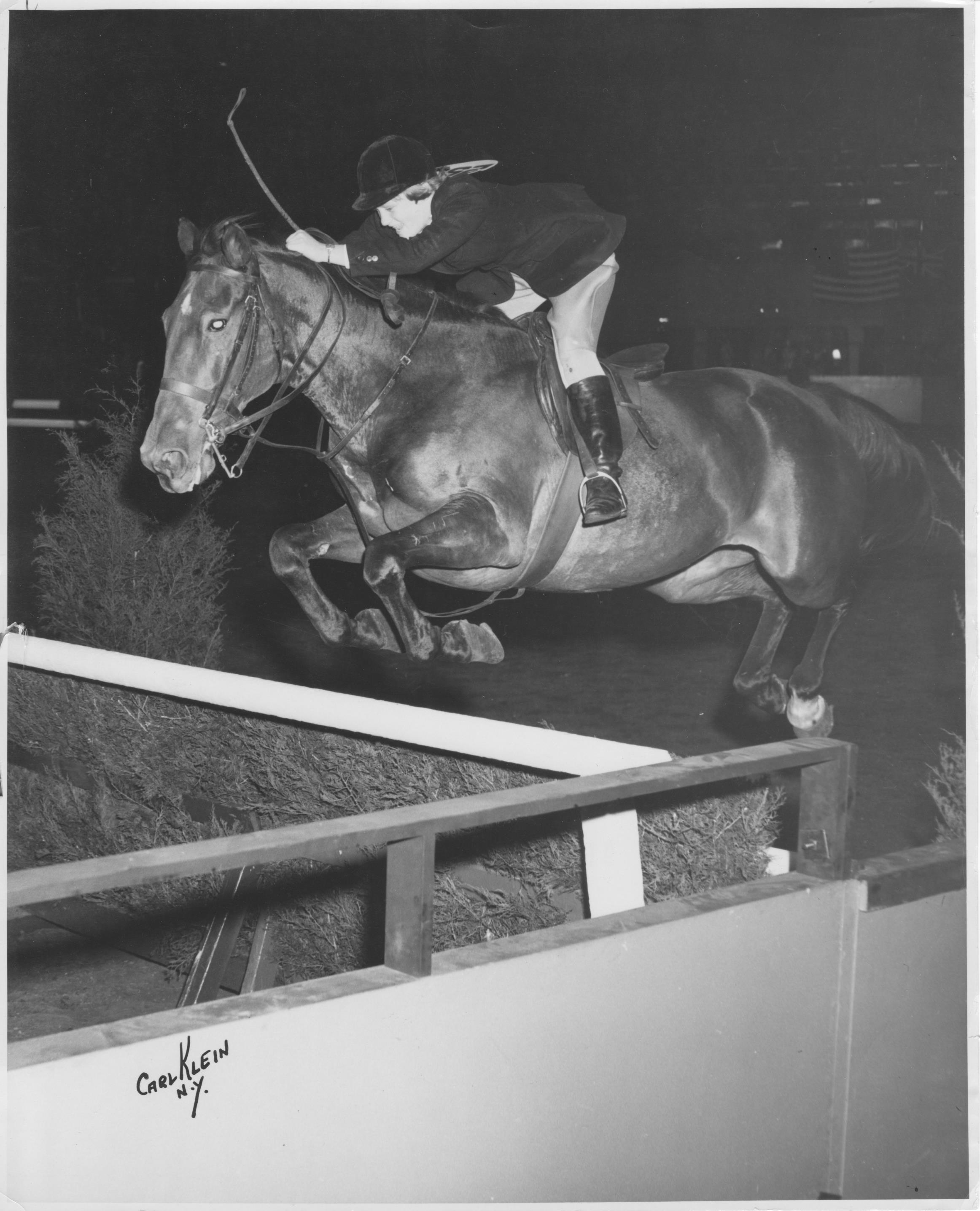
An Impressive Career
As an adult, King managed to raise five children—four boys and a girl—on a Pennsylvania farm (with no television) and enjoy a flourishing career as a folk musician traveling the globe. Through it all, she never gave up her dedication to horses. She carved out time to work with race horses, riding as a jockey, and exercised hunt horses whenever she could. She counts show jumping and fox hunting as other pursuits during this era.
In the early 1970’s, King moved into the world of dressage. She was soon performing and training Lipizzaner horses and competing in dressage competitions around the country. Her horse, Schwarzes Pferd (“black horse”), which she originally bought to “knock around the hunting field,” won numerous awards; he was Mid-Atlantic Dressage Champion at Third and Fourth Levels and was one of the top two nationally-ranked horses at Third Level for two consecutive years. She was acknowledged by the National Dressage Federation as one of the top 10 trainers one year. King also became an R-licensed dressage judge and earned a USDF bronze medal. She competed internationally at Prix St. George with Schwarzes Pferd, and trained several additional horses to Grand Prix.
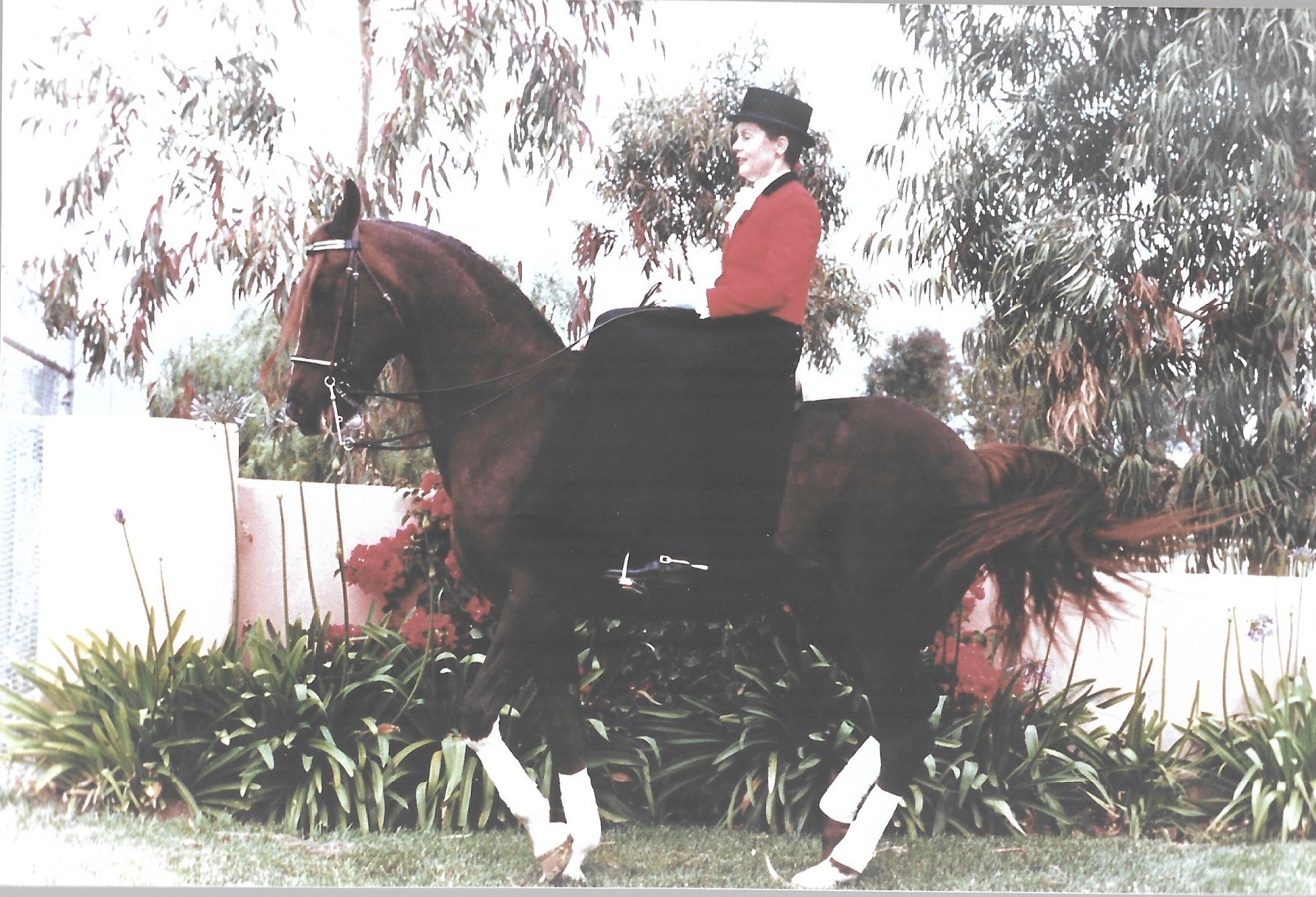

With all her accomplishments, she remains humble, as it takes much digging to elicit this information from her.
Her career wasn’t confined to the traditional show ring, however. In the 1980’s, while living in the San Diego area, King trained horses locally in the morning, flew to Las Vegas on a 3 o’clock plane, and returned on the 9 o’clock flight, several days a week. Seigfried and Roy, the infamous magicians and entertainers, had a show at the Mirage Resort, and Roy’s horse needed a training reboot. King was called upon for the fix. She remembers, “I had to keep the horse sharp to do what he wanted in the show. The horse had learned that when the lights went on and he was on stage, he could decide what he wanted to do.” For several months, King worked with the horse to train him using rewards instead of punishment. “It was an honor to be asked,” she adds.
Dressage and Nuno Oliveira
Her passion for dressage was incited in the 1970s after she began working with renowned classical dressage instructor Nuno Oliveira. The Portuguese trainer made a permanent impact on King and how she worked with horses. She never felt the need to find another mentor.
She first met Oliveira at the Potomac Horse Center in Maryland when he was giving clinics. “One day,” she recalls, “I was working a horse, and he asked who I was. The next day, he said he wanted to get there early to watch me. When he asked who taught me how to ride, I said ‘Uncle Joe,’ a saddle seat trainer from White Plains.” Then she added, “Or it was ‘Tiny,’ the nastiest pony in the world who taught me? She certainly taught me how to stay on!”
Oliveira was impressed with this amusing young equestrian, and she was equally taken with him. “I devoted my riding and training entirely to Nuno Oliveira the minute the opportunity arose in 1972.” She had the opportunity to train two or three horses under Nuno during the many times he came to the St. Agata Arena at the Potomac Horse Center.
The duo developed an unspoken communication with each other—employing eye contact, a simple nod of the head when he was instructing her. She visited him at his Portugal home three times to absorb as much of his teaching as she could. “During my three trips to Avessada [Oliveira’s home in Portugal] we worked with four or five horses at a time. This gave me many, many hours to watch as he taught, and it was invaluable watching Nuno train. At times, he put together impossible combinations of horse and riders. Watching that was an education in itself. I can never explain all the knowledge he imparted.”
It was also in Portugal that King began riding side saddle at Oliveira’s encouragement. “It really confirmed lightness,” she explained. “I needed that, and it helped me give up control so that I was soon looking at my work as art.”
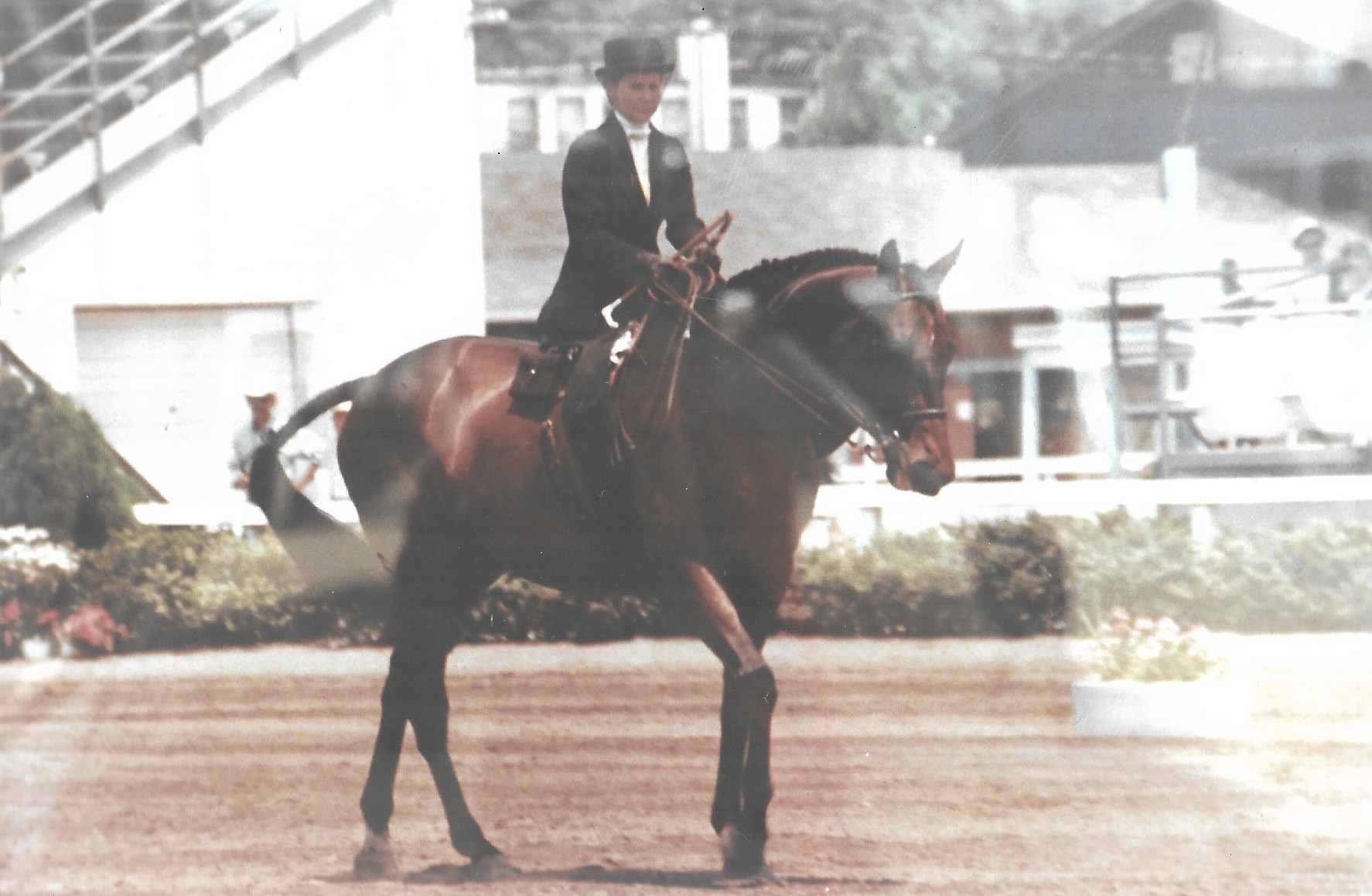
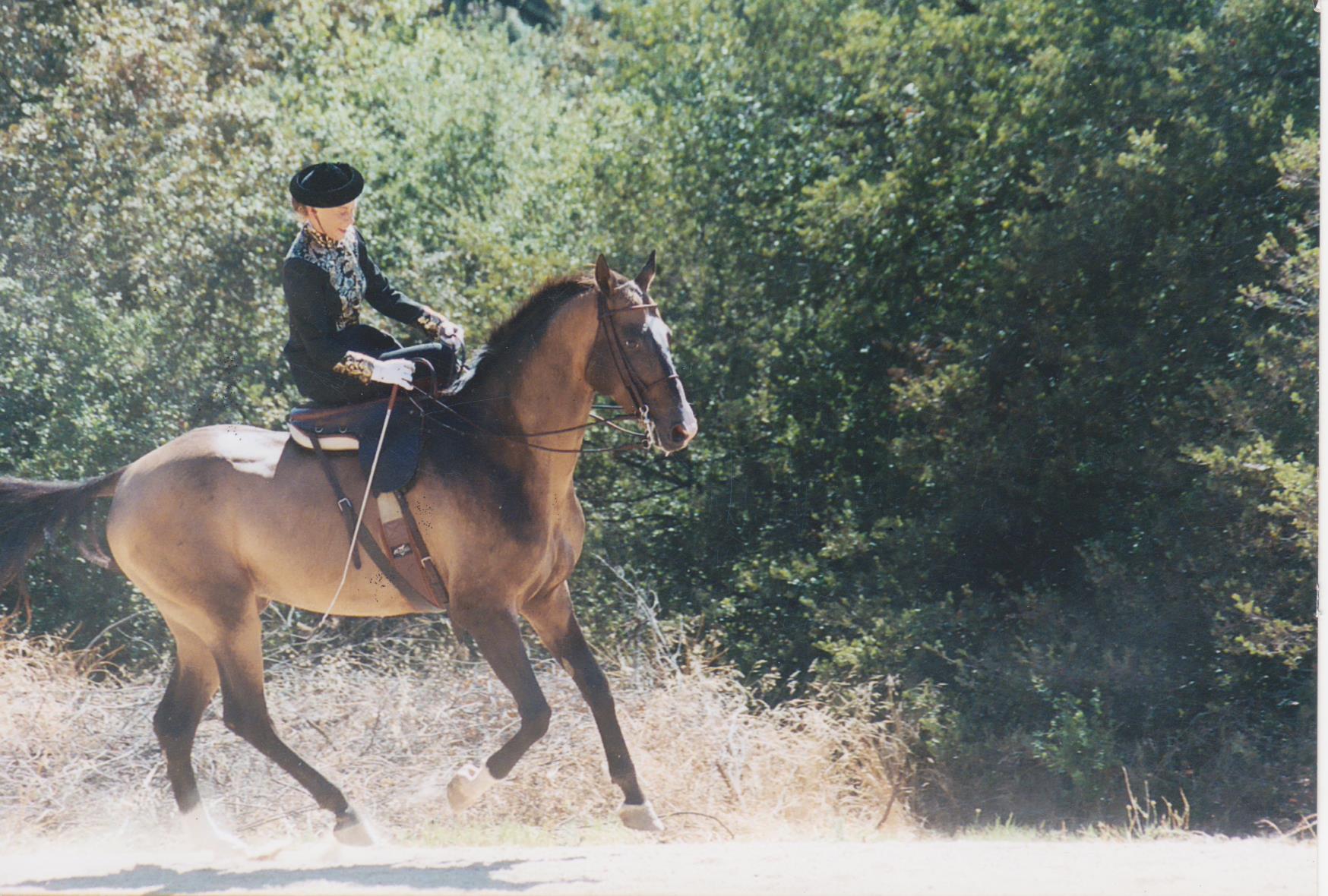
Last, Oliveira encouraged her to read all the old masters and learn from their written work, also urging her to write. He often effused statements like, “Study books, art, statues, stained glass, etc. Get an eye! Again, I say Play, Play, Play…..learn to feel!”
Fun and Games
While it is clear King has the heart of a serious horseperson, she never forgot the fun of riding. Throughout her career, she spent time as a sort of high-end rodeo clown, performing amusing riding routines at birthday parties, county fairs, and horse shows throughout the country dressed up in elaborate costumes. Often, she chose to go without a saddle and her goal was to “get a good laugh” out of the audience.
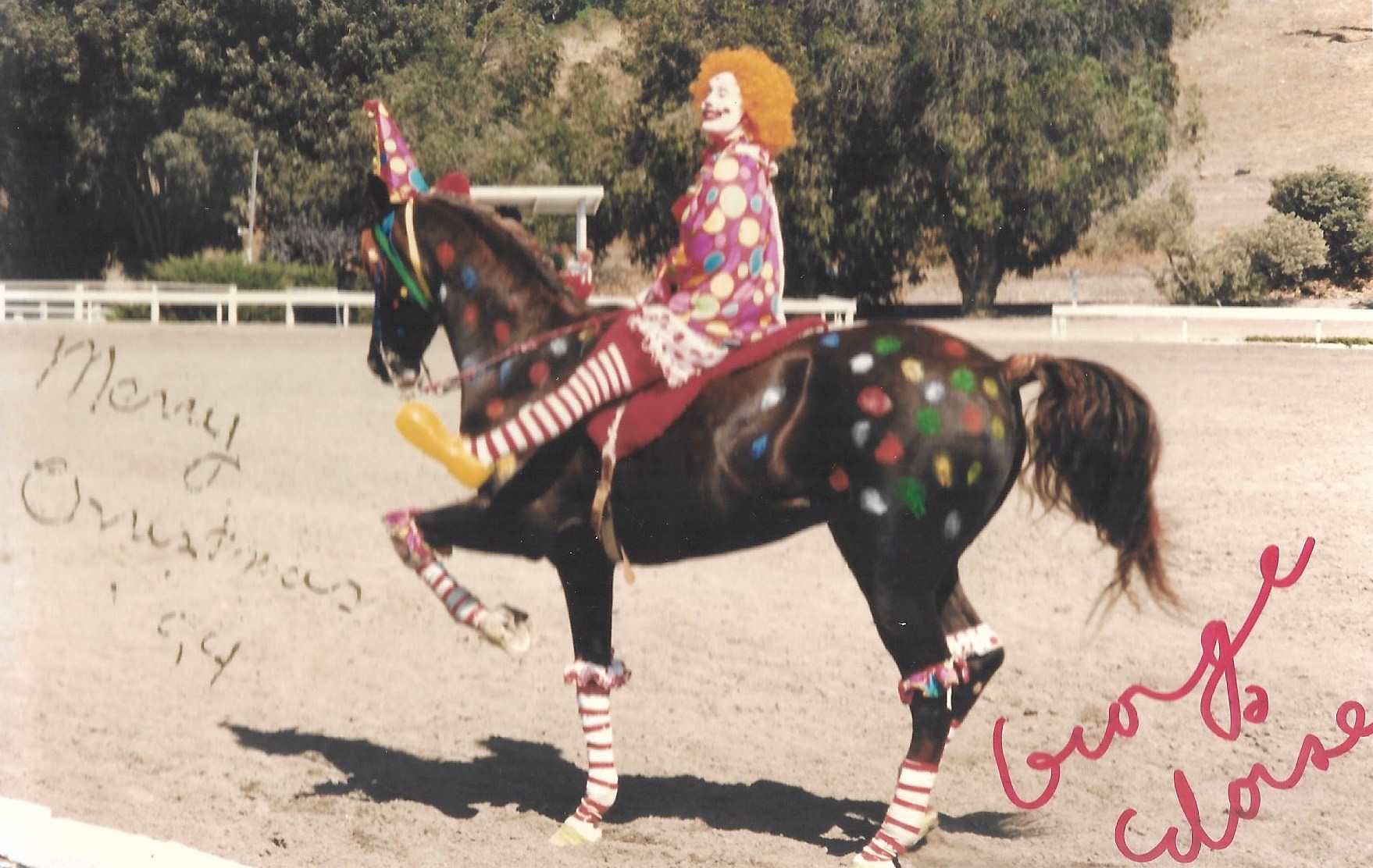
For example, while living in Rancho Santa Fe in San Diego, in the 1980’s and 90’s, the Del Mar fair had a small equine area with many breeds and a little arena. “I did shows there twice a day—walk/trot/canter, pirouettes, the Spanish walk and trot. Basically, anything and everyone, mostly using Luistanos and Arabians. And a Friesian who did a wonderful Spanish walk.” Her horses would always bow with one leg out in front or on both knees. “I would always mount them when they bowed, and I would do a little work in hand.” Her favorite audience was children’s birthday parties: “Kids adore horses and I enjoyed that after the ride the children would come pet the horse and ask questions.”
A Lasting Influence
At her clinics over the years, King worked with many aspiring trainers. She considers just three of her former students “true protégées,” and Minnesota trainer Christina Vint, owner of Valencia Training Facility, is one of them. Vint says King told her soon after they met, “’I will change your eye and how you look at the horse’, and she was right.”
The two trainers met in 1993 at a clinic, and they quickly formed a connection. King invited the young trainer to San Diego to help with the state fair where she was doing daily exhibitions with eight horses. After working with King for just a few days, Vint admits, “there was no turning back. Her horses just did it, happily, like they were dancing underneath you and it’s because of the work she does with them.”
They became close friends and in 1994, King invited her to move in to her home in Rancho Santa Fe, where she had horses in her backyard. Vint says, “I told her I would move anywhere to learn what she did, so I left everything and loaded my pregnant horse and drove out to California.”
Her original plan was to live there for two months as a working student but she ended up staying for two years. During that time, Vint absorbed everything she could from her mentor: “We were so focused on work all day, and then at night, we’d go through her books and highlight, and watch our videos. To learn on horses like hers was incredible.”
King is Vint’s version of Oliveira: “Her passion for Nuno and her training and her loyalty to his work, that was her drive. What Nuno is to her, she is to me.”
The Minnesota trainer puts the lessons she learned from her mentor into her daily practice, especially in-hand techniques: “She’s amazing with work in-hand. You do it with all horses before getting on. She taught me the importance of routine and taught me to have a good eye—so I’m watching for the horse’s rhythm and cadence and developing a horse’s back.” More than anything, Vint remembers King saying, “the horses are your teachers and we have to listen. Everything happens on purpose.”
King says that “the best students you have are the best at watching. They learn more by watching than by you teaching. Chris was a good watcher.”
Parting Thoughts
King’s overall passion for dressage started before it was considered a discipline in and of itself. She says, “Dressage means to train—it became a noun in my lifetime. It was an adjective at first.” To this day, King sees dressage as simply the training of the horse, its purpose being to enhance his natural gaits and beauty and to encourage him to be balanced, relaxed, and happy—a philosophy that can be utilized across disciplines.
To that end, she has two statements to make. “One,” she notes, “is this: I wish people would stop talking about what kind of riding they do. If you have a balanced seat, it doesn’t matter what kind of saddle you use. You either ride or you don’t.”
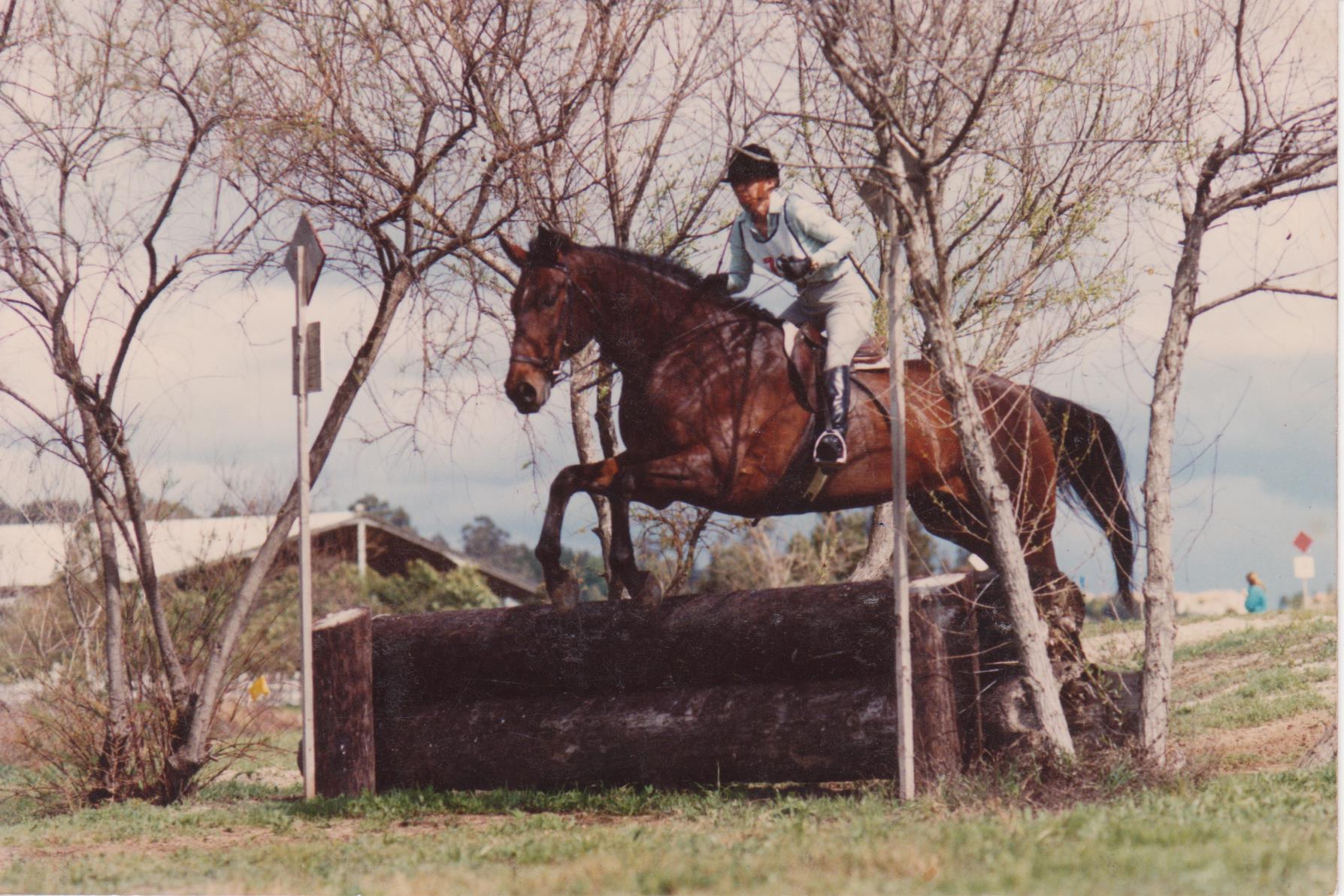
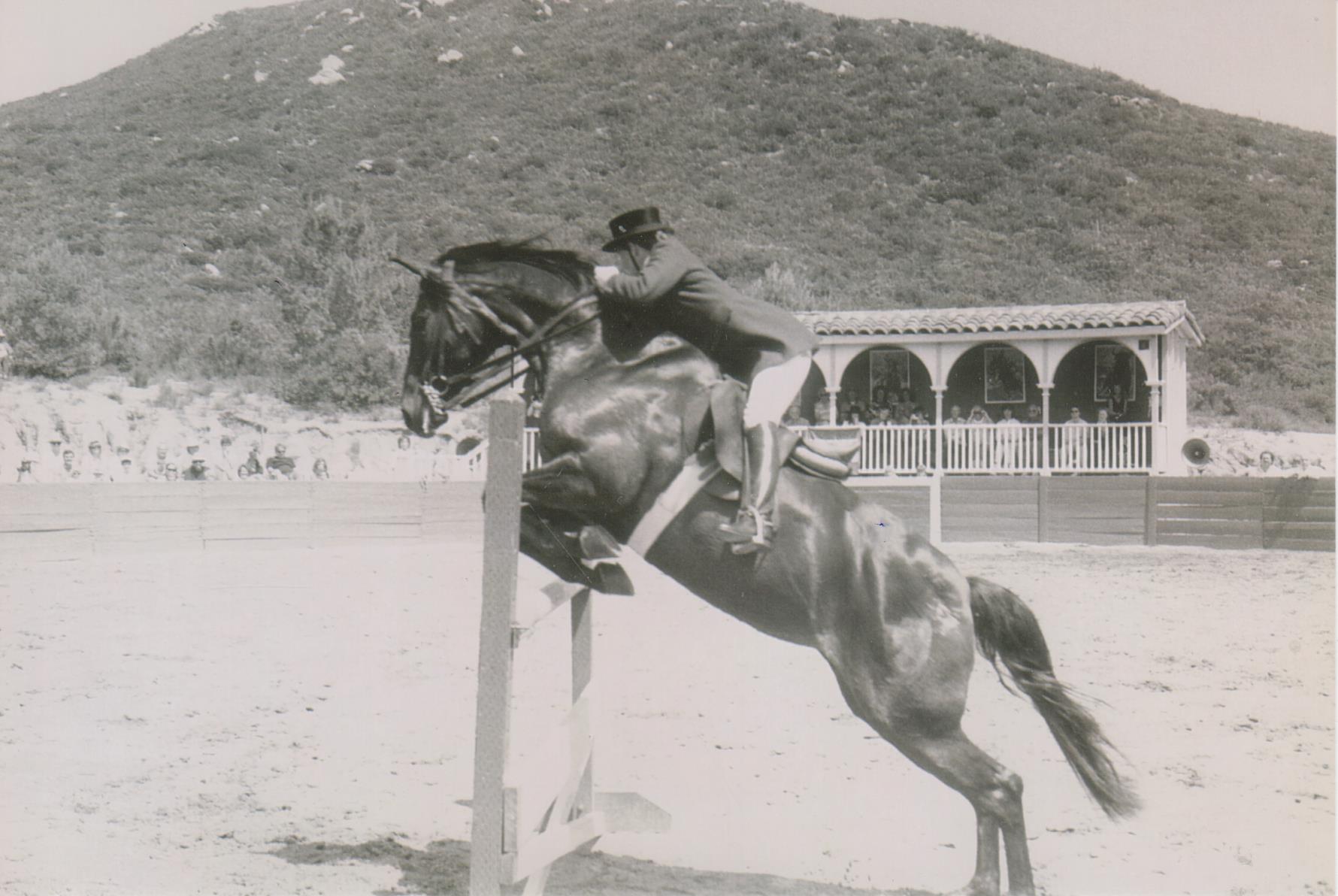
“Two,” she admits in a refreshing take on cross-disciplinary snobbery, “I have no use for people who have no respect for other types of riding.”
The trainer’s recurring, unspoken lifelong message, however, is her unwavering love for the animal. Her motto that “working with horses is not controlling them; it is building them to be athletes,” demonstrates the respect and honor she has always felt when she is with them. To her, training is never about forcing a horse to do something unnatural, it is about creating a connection.
Eloise King has retired from giving clinics but her techniques and teachings are still accessible in print. She coauthored several books on riding and training with Desiree LaRoche, a close friend and former student who describes Eloise as “half horse.”
More information about Eloise King, along with her books, can be found on her website: EloiseKing.com. She is also featured in the epilogue of the 2015 book Great Horsewomen of the 19th Century in the Circus: and an Epilogue on Four Contemporary Écuyeres: Catherine Durand Henriquet, Eloise Schwarz King, Géraldine Katharina Knie, and Katja Schumann Binderis. But for her many protégées and the countless lives she touched, King will be remembered as one of the greatest horsewomen of the 20th and 21st century.


